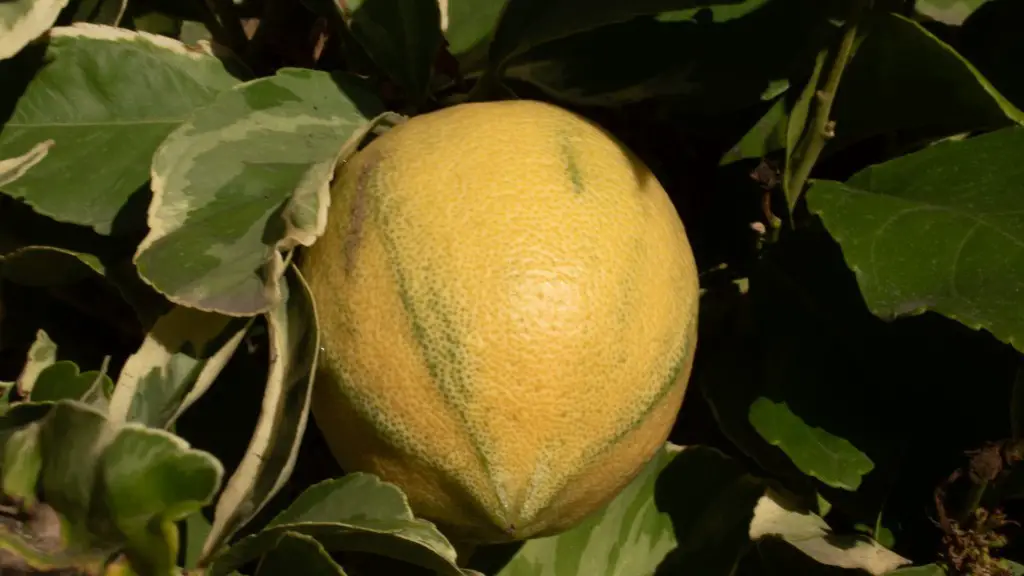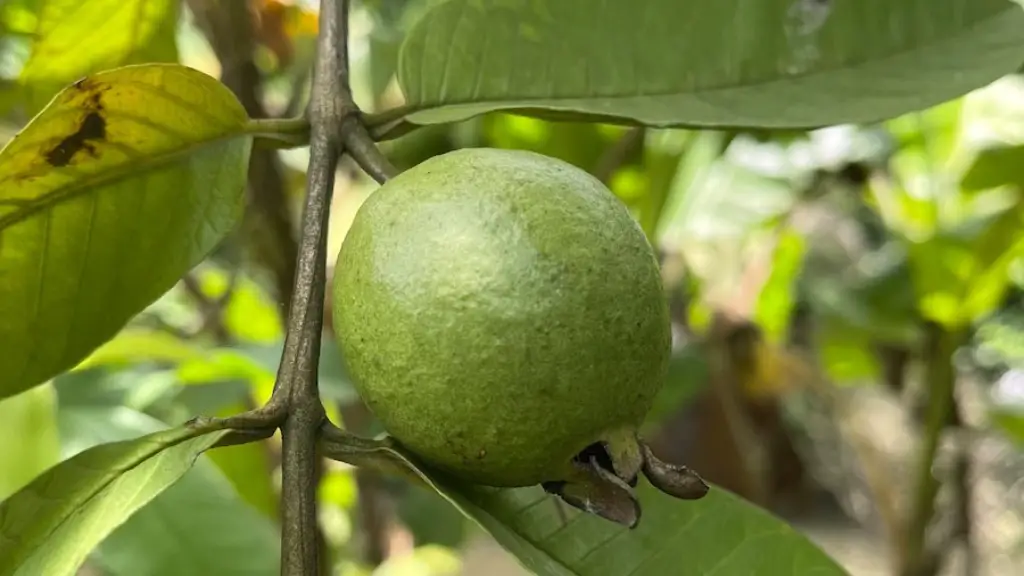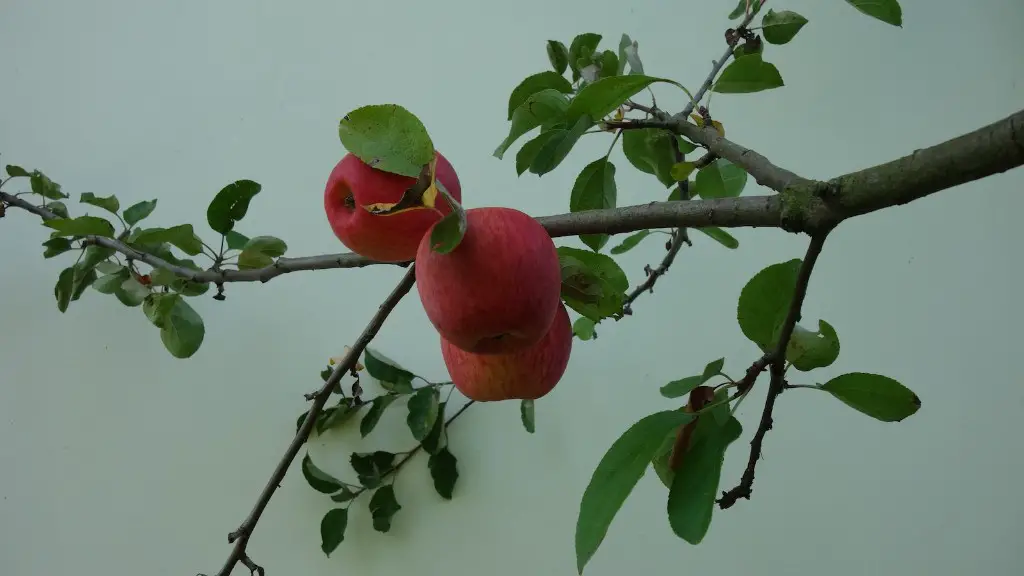Lemon trees can look struggling and lifeless in their pots and unfortunately, it is easy for a grower to overlook the signs of distress. Knowing how to revive a lemon tree in a pot is essential for any citrus enthusiast, especially if the plants are expected to provide fruit for years to come. Here are some steps to help revive a struggling lemon tree in its pot.
First, inspect the citrus plant. Look for any yellowing of branches or leaves. On some fruit trees, this is a natural symptom of senescence and it may be indicative of an unhealthy lemon tree. Also check for any other signs of distress such as wilting or discoloration.
Second, check for signs of water stress. Citrus can suffer from overwatering but it is more commonly affected by underwatering. To check for water stress, look for any yellowing or dark spots on the leaves and feel the soil to see if it is dry or not.
Third, repot the lemon tree if necessary. If the plant has been hindered due to the size of the pot or roots have outgrown the container, repotting can help revive the tree. This can be done by picking up the tree and gently loosening the rootball to fit into a larger pot.
Fourth, check the type of soil used. The ideal soil for a lemon tree in a pot should have excellent drainage capacity as citrus plants are actually susceptible to root rot from soggy soil. If the soil does not drain properly it is wise to replace it with a more suitable variety.
Fifth, fertilize the tree. Lemon trees need a lot of nutrients to stay healthy. A well balanced soluble fertilizer should be applied every few weeks to ensure the tree has access to the essential nutrients.
Lastly, provide extra attention. Lemon trees can benefit from extra attention from the grower particularly during the winter months when they are not actively growing. Checking the soil moisture and providing extra water can often help revive a struggling tree.
Fertilizing
To support healthy growth, a citrus tree should be fertilized regularly. A balanced fertilizer should be applied every few weeks. Before applying the fertilizer, check how moist the soil is and only proceed if the soil is not dry. For trees in larger containers, a diluted fertilizer may be necessary or an all purpose slow-release fertilizer can be used.
Nitrogen is essential for many citrus trees and is best provided through the use of compost which encourages the formation of new leaves and robust growth. Compost can also act as a slow-release fertilizer and help to provide consistent nutrition throughout the year.
In addition to compost and standard fertilizers, citrus trees can also benefit from the use of specific fertilizers such as magnesium manganese, sulphur, zinc, and boron. These fertilizers are typically available in both liquid and slow-release forms and should be applied according to the manufacturer’s directions.
Finally, the application of Epsom salts or magnesium sulphate can help to revive a struggling lemon tree. This additive can be applied in small amounts, approximately ¼ cup per foot of the tree’s height, and helps to promote new growth and healthier foliage.
Pruning
Pruning is an important part of reviving a lemon tree in a pot. Trees in containers may need pruning more often than those in the ground, particularly if they are suffering from overcrowding. Pruning helps to encourage growth and can keep citrus trees looking neat.
When pruning citrus, be sure to make clean cuts just above a leaf node. Prune any dead or dying branches, removing them at the base. Extra shoots growing in the center of the tree should also be removed.
If the lemon tree is not producing fruit, it may need to be thinned in order to help promote fruiting. This involves gently removing the smaller and less mature fruits to allow the remaining fruit to grow to maturity.
When pruning, careful attention should be given to the overall shape of the tree. Generally, citrus trees in pots should be pruned in a vase shape, allowing light to penetrate into the center of the tree. Pruning should be done in late winter to encourage growth and new blooms which will produce fruit in the spring.
Pest Control
Pests can be a major problem for citrus trees in containers as these environments can be inherently difficult to control. Pests such as aphids, scale insects, and mealybugs can all affect the health of the tree and its ability to produce fruit. Fortunately, it is possible to control these pests without the use of chemical insecticides.
The first line of defense against pests is to practice good garden hygiene. This means regularly checking the tree for pest activity and removing affected branches and leaves. It is also important to make sure that any tools used to prune or care for the lemon tree are cleaned before use to prevent pests from spreading.
Encouraging natural predators of pests, such as lacewings or ladybugs, is also an effective way to control pests. These predators can often be purchased online or in garden centers and they can help to keep pests in check.
Finally, insecticidal soaps can be used to help control pests. These soaps are made from natural ingredients and are safe to use around citrus trees. However, it is important to read the label carefully before using any pesticide to ensure that it is safe for citrus trees.
Interest Pollinators
In order for a lemon tree in a pot to generate fruit, there must be pollination. This is where insects such as bees come in, as they are essential for the transfer of pollen from one flower to the next. For this reason, it is important to encourage pollinators in the area around the lemon tree in question.
The easiest way to encourage pollinators is to plant flowers or shrubs in the area that can attract bees and other natural pollinators. This not only helps the citrus tree to produce fruit, but can also attract beneficial insects, such as ladybugs and lacewings, to the area.
In addition to planting flowers, it is also important to provide a source of water and shelter for pollinators. A small, shallow bowl of water can provide a source of hydration for bees and other pollinators and will help to keep them in the area for extended periods of time. Providing shelter such as insect houses can also help attract and sustain beneficial insects.
Finally, reducing the use of insecticides and other pesticides can also help to promote pollination. Insecticides can be harmful to pollinating insects so it is important to use them sparingly and with caution.
Weather Considerations
In order for any citrus tree to thrive it is essential that the weather conditions suit its needs. For example, lemon trees need cold temperatures in order to produce fruit so if the temperature stays too high, the tree will not be able to produce flowers or fruit. It is also important that a citrus tree is not exposed to extreme temperatures such as frost or intense heat, as this can cause significant damage.
It is also important to protect the tree from strong winds. Citrus trees can become stressed if they are constantly exposed to gusts of wind and this can affect their ability to fruit or even cause damage to the leaves or branches. If possible, try to shield the tree from strong winds through the use of hedges or fences.
When it comes to watering, it is important to ensure that the tree does not get too much or too little water. In areas with high humidity, it is important to ensure that the tree gets enough drainage and is not left sitting in humid conditions. In hot, dry areas, it is important to ensure that the tree does not suffer from dehydration and that it gets enough water.
Finally, it is important to consider the exposure to sunlight. Citrus trees need plenty of sunlight to thrive, but too much sun can cause the leaves to burn. If the tree is regularly exposed to intense sunlight, it may be necessary to provide additional shade through the use of netting or sun awnings.




